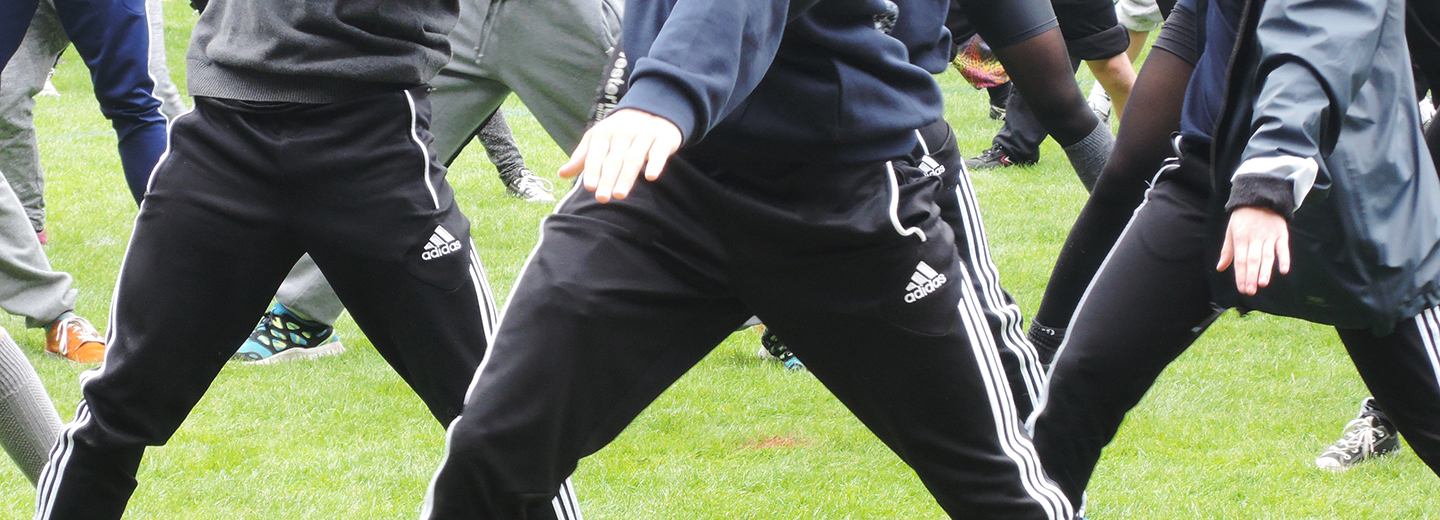
Characteristics of European sports clubs
The second report in the project ‘Social Inclusion and Volunteering in Sports Clubs in Europe’ (SIVSCE) describes central characteristics of European sports clubs across the ten countries that are part of the project. A total number of 35,790 sports clubs have participated in the nationwide surveys, which makes for the largest comparative data on sports clubs ever to have been collected. Overall, the results show how sports clubs in Europe represent a large diversity, and how there are both interesting similarities and differences between the countries.
Breuer, Christoph, Svenja Feiler, Ramon Llopis-Goig and Karsten Elmose-Østerlund. Characteristics of European sports clubs. A comparison of the structure, management, voluntary work and social integration among sports clubs across ten European countries. Odense: University of Southern Denmark, 2017.
The four main topics of the report are: structure, management, voluntary work and social integration. With regard to structure, most European sports clubs are small. More than half have 100 members or fewer, whereas only one in ten sports clubs has more than 500 members. Two thirds of the sports clubs are single sport clubs in the sense that they provide only one sport for their members. Many sports clubs have a long history, but one in three clubs has been founded since the turn of the millennium. The proportion of young clubs is, however, much higher in the three countries that until the 1970s and 1980s were authoritarian regimes, namely Spain (73%), Poland (64%) and Hungary (48%).
In connection to management, the results show that clubs rate companionship and conviviality significantly higher than sporting success and competitions, although in many clubs both are important. In effect, almost nine out of ten clubs (88%) mainly agree that they set high value on companionship and conviviality, while sporting success and competitions are important for more than half (57%) of the clubs. The vast majority of sports clubs (78%) involve members in decision making, and two out of three clubs also engage in long-term planning.
Sports clubs in Europe generally seem to be in relatively good shape. However, some challenges are worth mentioning. Seen through the eyes of the sports club representatives, the main challenges are connected to either human resources (to recruit and retain members and volunteers), or to the availability of sports facilities and the financial situation of the club. It is particularly clubs in Germany, Denmark and Switzerland that find the recruitment and retention of members and volunteers to be a challenge, while facilities and finances primarily challenge clubs in Poland, Hungary and Spain.
Across borders, sports clubs in Europe are dependent on voluntary work. In fact, volunteers clearly outnumber paid staff in all countries. On average, there is one volunteer in a fixed position for every five members and one secondary volunteer (not in a fixed position) for every six members. In comparison, there is one paid member of staff for every 50 members in the clubs. Poland stands out as the country in which sports clubs hire relatively most paid staff. The development in the numbers of volunteers and paid staff has within the last five years been mainly stable with a tendency for more clubs to see inclining rather than declining numbers of both.
Social integration was in the survey operationalized by the propensity of clubs to integrate various target groups understood as groups that have been found to be underrepresented within the membership of sports clubs. Overall, more than half of the clubs (52%) generally agree that they work to integrate people from socially vulnerable groups. Half of the sports clubs have people with disabilities within their current membership, two thirds have people with a migration background, and the elderly (65+ years) are represented in almost seven out of ten clubs (69%). Some clubs take special initiatives to integrate members from one or more target groups, but there are also many clubs that do not. The variations with regard to social integration are quite large according to both the country and the target group in question.
For an elaboration of the results and more information about the many interesting similarities and differences between countries, the report is available here
For a description of the SIVSCE-project, an introduction to the project is available here
Photo: Colourbox